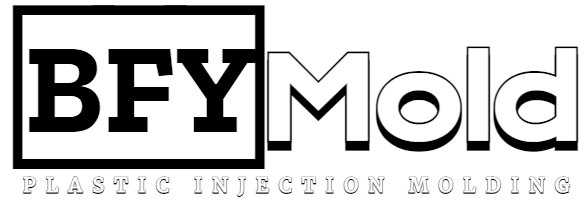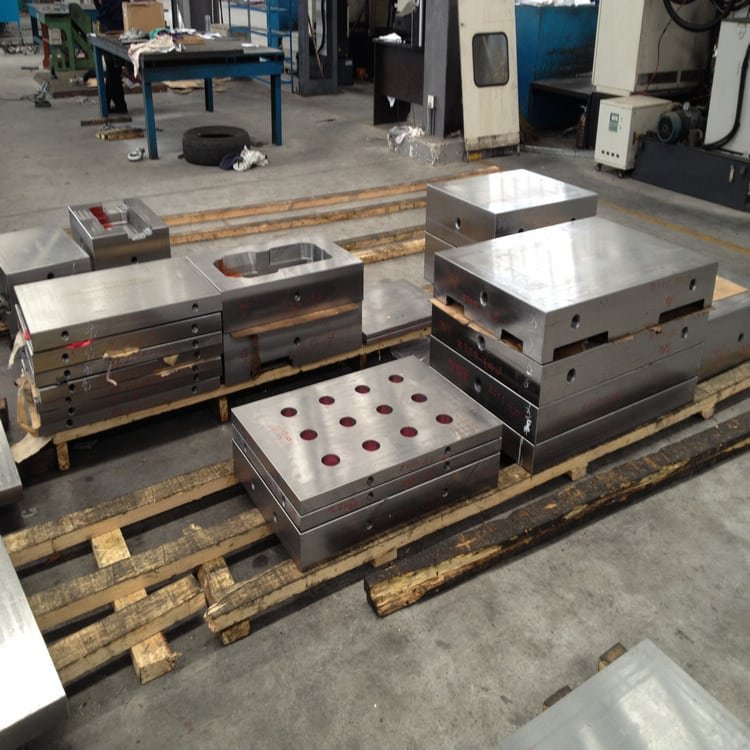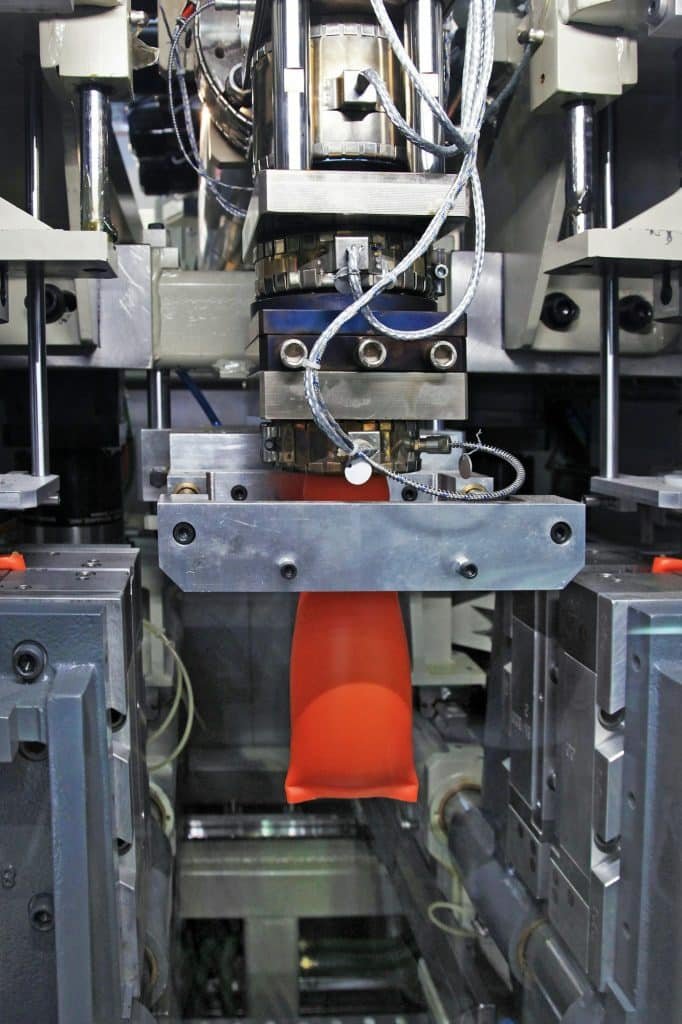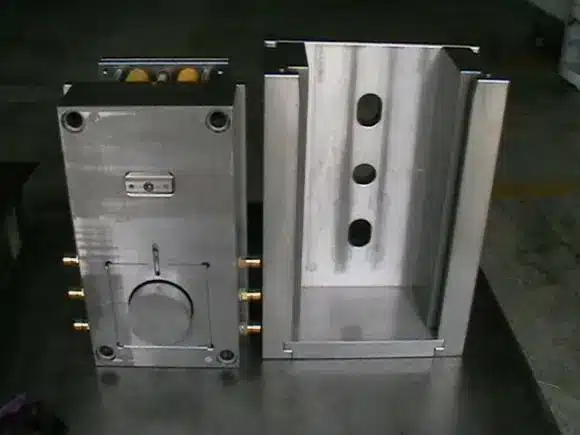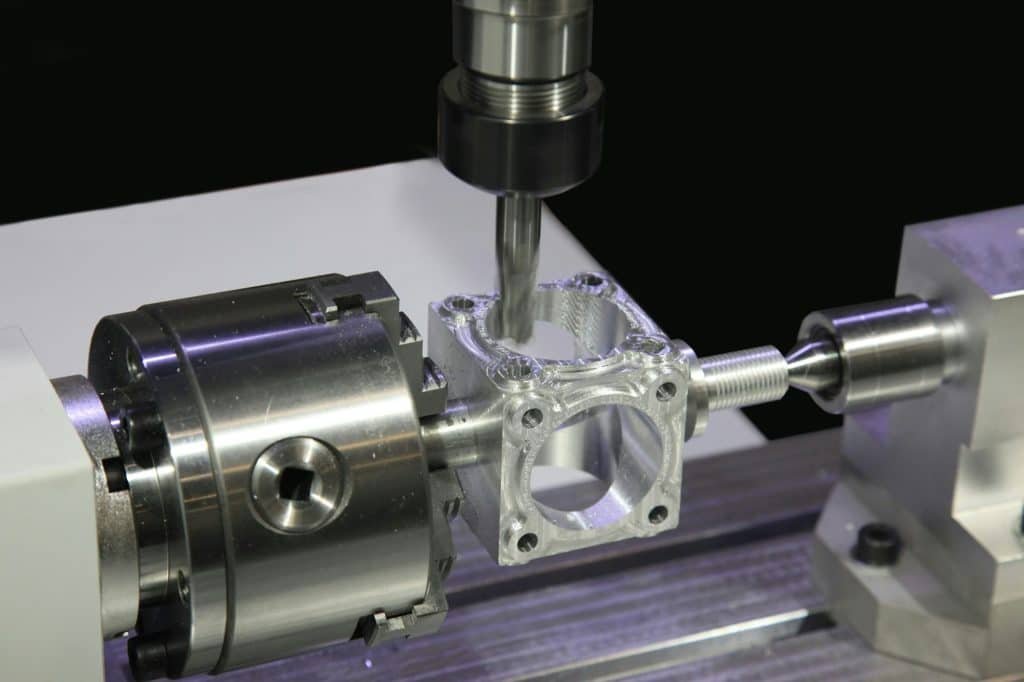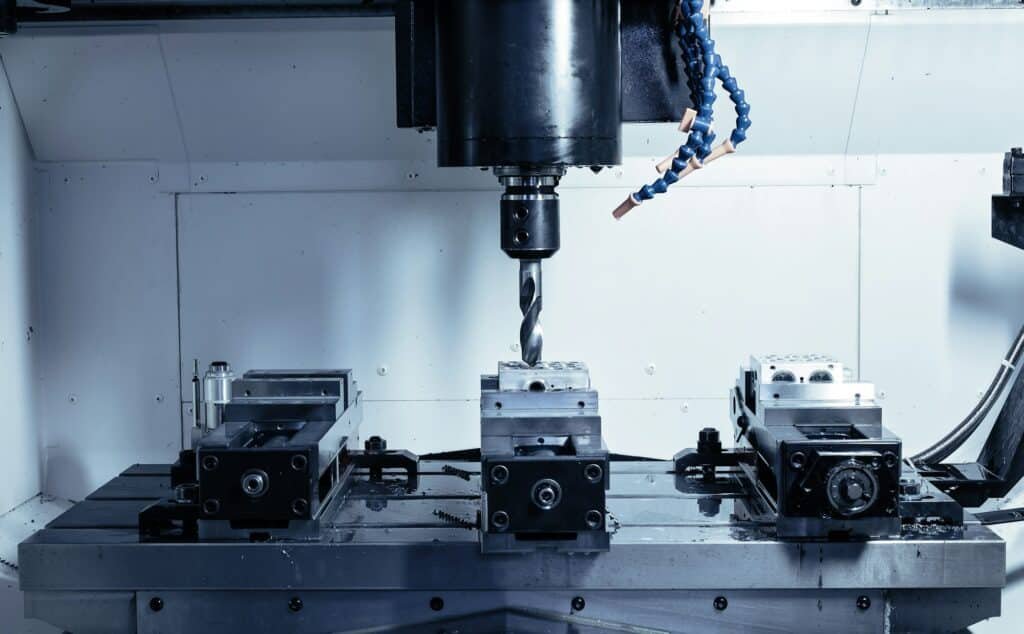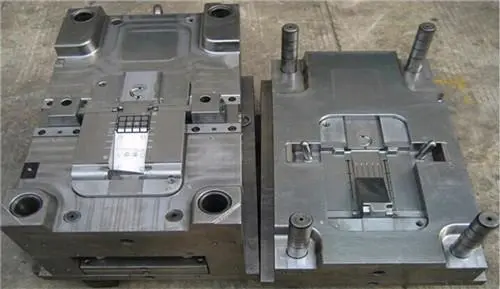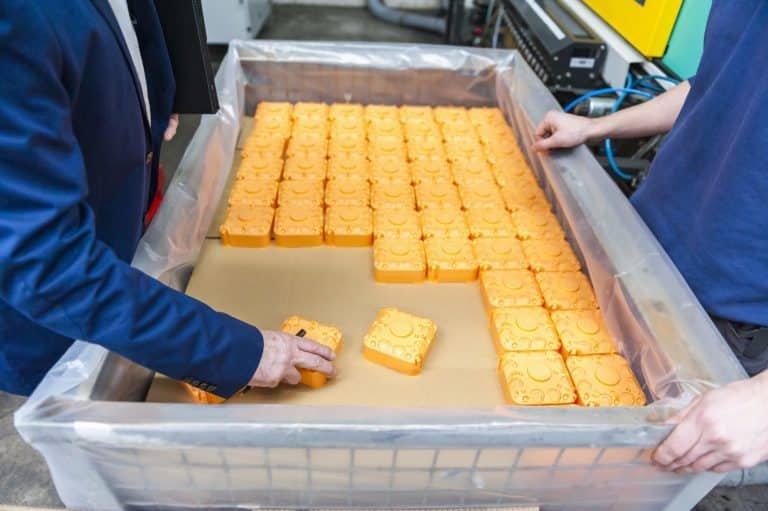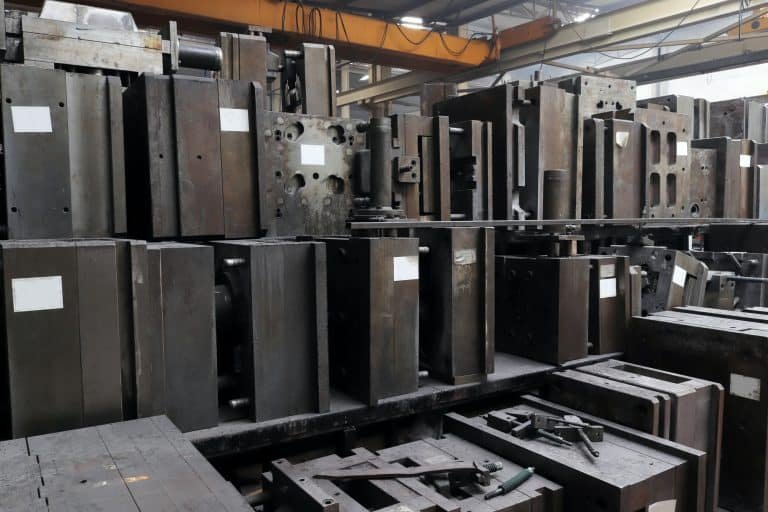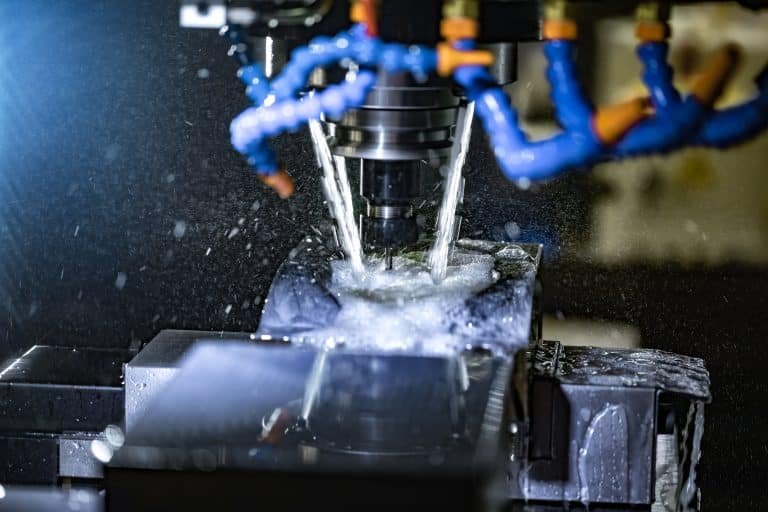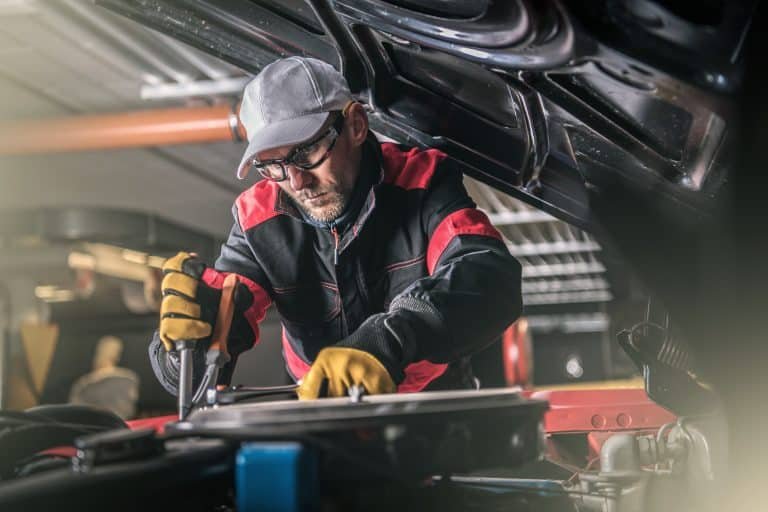In the modern manufacturing industry, injection mold is an indispensable key component in the production of plastic products, and its quality is directly related to the quality of finished products and production efficiency.
Therefore, the maintenance and management of injection molds are particularly important. Effective maintenance of injection molds can not only prolong the service life of the molds and improve production efficiency but also ensure the accuracy and stability of the finished products.
1. Mold configuration information card
Processing enterprises should first equip each pair of molds with information cards. Detailed records and statistics of its use, care (lubrication, cleaning, rust prevention), and damage.
According to this, it can find which parts and components have been damaged, and the degree of wear, to provide information to find and solve the problem. The molding process parameters of the mold, and the material used in the product, shorten the mold test time and improve the production efficiency.
2. Record the running status of the mold
The processing enterprise should test the various properties of the mold under the normal operation of the injection molding machine and the mold, and measure the size of the final molding part. That will be used to determine the current state of the mold and identify the damage to the cavity, core, cooling system, and parting surface. According to the information provided by the plastic parts, the damaged state of the mold and maintenance measures can be judged.
3. Focus on tracking and testing several important parts of the mold
The role of ejecting and guiding parts is to ensure the opening and closing movement of the mold and the ejecting of the plastic parts. If any part of it is stuck due to damage, it will cause production to stop. Therefore, the lubrication of the die thimble and guide column should be maintained frequently (the most suitable lubricant should be selected). And regularly check whether the thimble, guide pillar, etc. deformation, and surface damage, once found, are to be replaced in time.
After the completion of a production cycle, professional anti-rust oil should be applied to the mold’s working surface, moving and guiding parts. In particular, attention should be paid to the protection of the elastic strength of the bearing parts with gear and rack molds and spring molds to ensure that they are always in the best working condition.
With the continuous production time, the cooling channel makes it easy to deposit scale, rust, silt, and algae, so that the cooling channel section becomes smaller and the cooling channel becomes narrower. These will greatly reduce the heat exchange rate between the coolant and the mold, and increase the production cost of the enterprise. Therefore, attention should be paid to the cleaning of the runner.
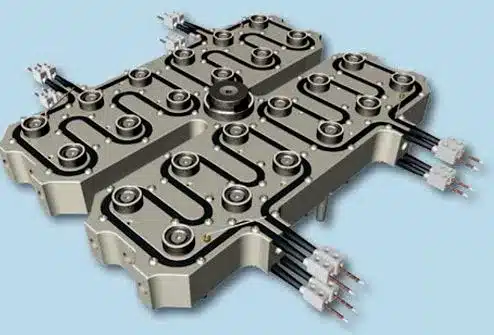
For hot runner molds, the maintenance of the heating and control system is conducive to preventing the occurrence of production failures, so it is particularly important. Therefore, at the end of each production cycle, the belt heater, rod heater, heating probe, and thermocouple on the mold should be measured with an ohmmeter. If damaged, replace it in time. Compare with the mold information table, make a record, to timely find the problem, and take countermeasures.
4. Mold surface maintenance
It directly affects the surface quality of the product and focuses on preventing corrosion. Therefore, it is particularly important to choose a suitable, high-quality, and professional anti-rust oil.
When the mold completes the production task, the residual injection molding should be carefully removed by different methods according to different injection molding. Copper rod, copper wire, and professional mold cleaner can be used to remove residual injection molding and other deposits in the mold, and then air dry.
Do not clean iron wire, steel bars, and other hard objects to avoid scratching the surface. If there are rust spots caused by corrosive injection molding, use a grinder to grind and polish, spray professional anti-rust oil, and then store the mold in a dry, cool, dust-free place.
